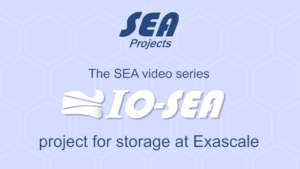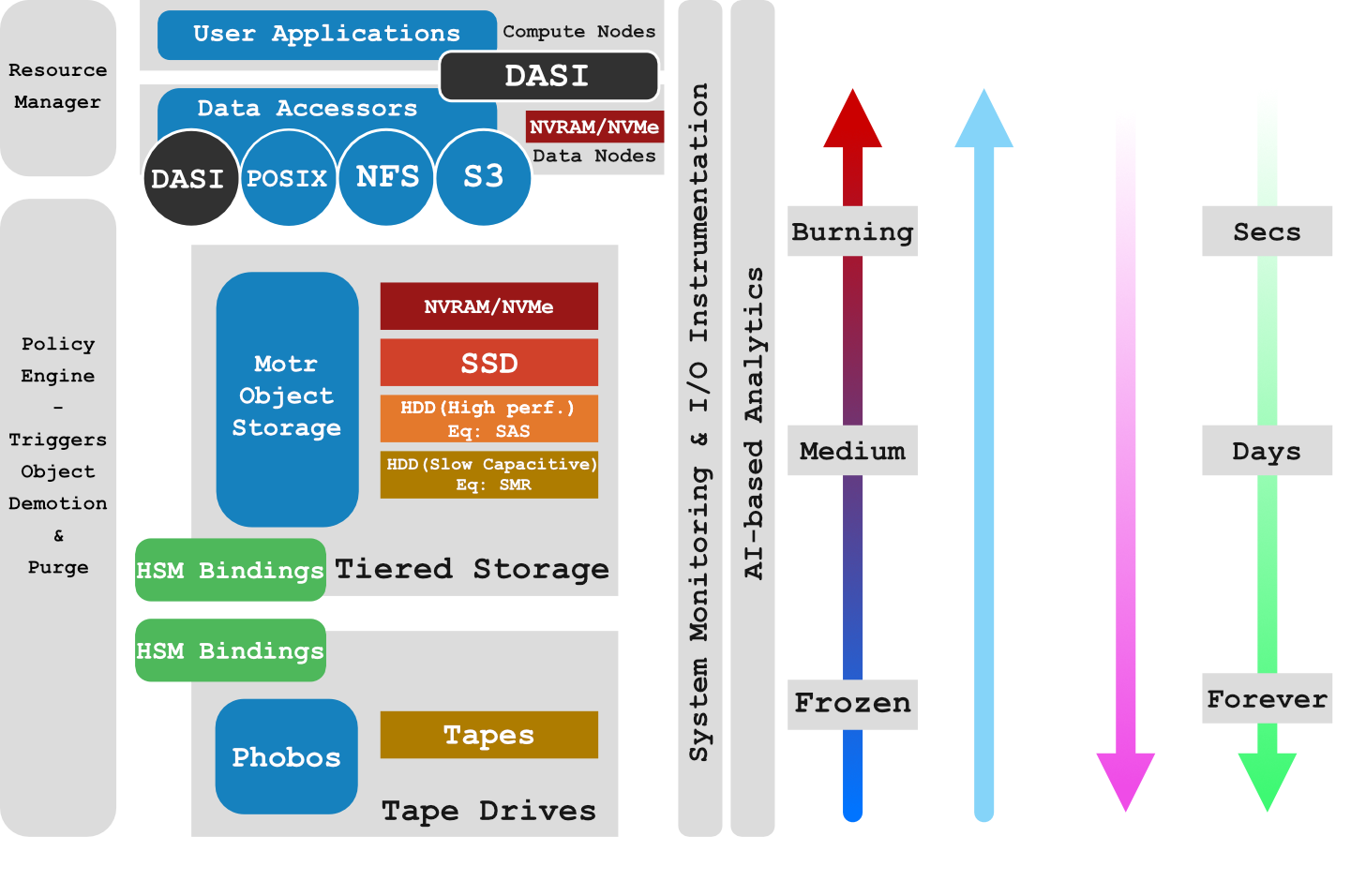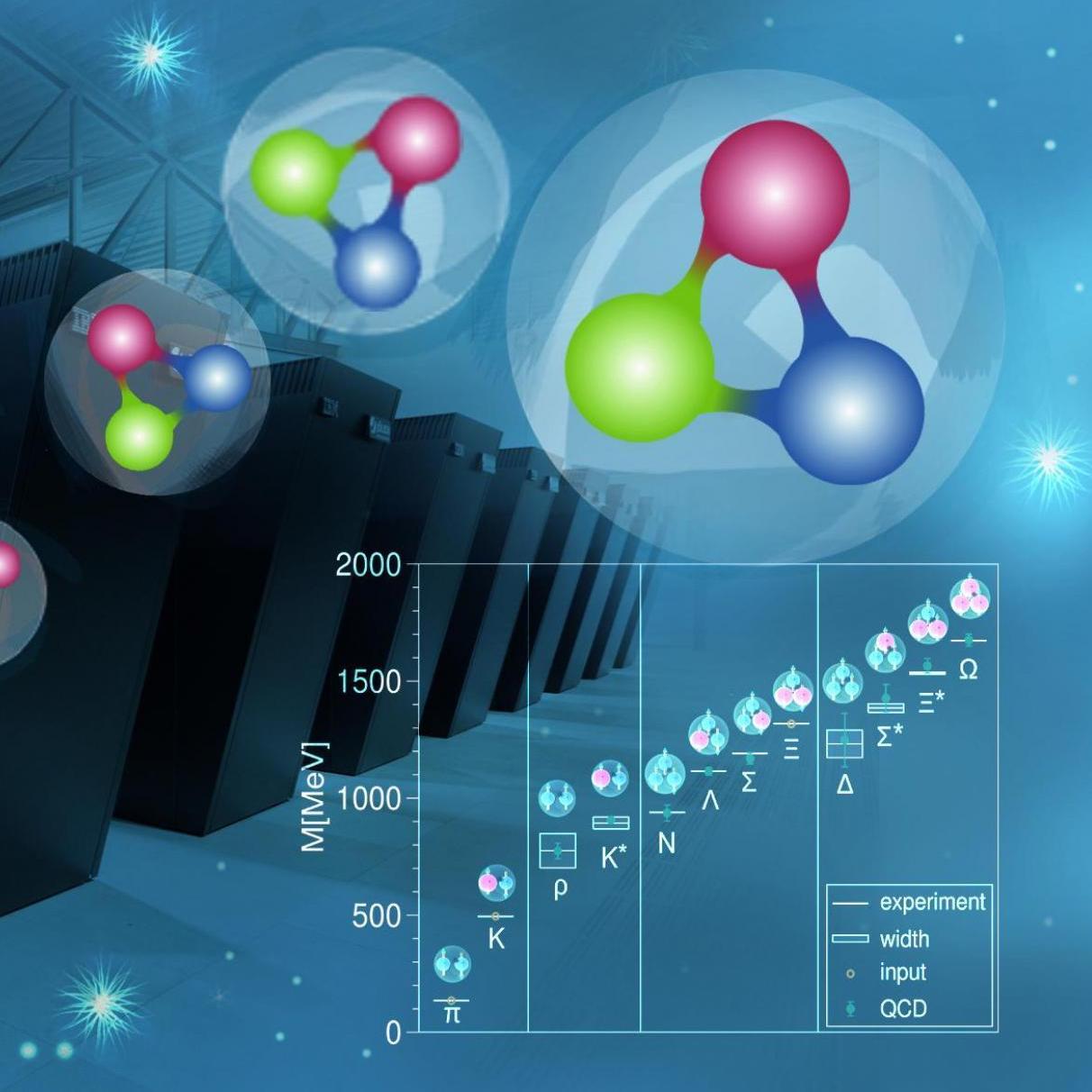Storage I/O and Data Management for Exascale Architectures
Multi-tiered Storage
Ephemeral Data Life Cycle Management
Advanced Instrumentation
Package of New API's
Latest News & Blogs

Reflection & Use Cases
As the IO-SEA project winds down, it is rewarding to reflect on the results of the three years of the IO-SEA team’s efforts. In the

EuroHPC Summit Week
IO-SEA was present at the EuroHPC summit along with the other SEA projects. We participated in the session: “Co-Designing the Future of European HPC: Eco-friendly

Video: IO-SEA Project Highlights & Path Forward!
The IO-SEA project have just released a video onto the SEA projects YouTube channel showcasing the key highlights and path forward for the IO-SEA project
About IO-SEA
IO-SEA aims to provide a novel data management and storage platform for exascale computing based on hierarchical storage management (HSM) and on-demand provisoning of storage services. The platform will efficiently make use of storage tiers spanning NVMe and NVRAM at the top all the way down to tape-based technologies. System requirements are driven by data intensive use-cases, in a very strict co-design approach. The concept of ephemeral data nodes and data accessors is introduced that allow users to flexibly operate the system.








![BMBF_CMYK_Gef_M [Konvertiert] BMBF_CMYK_Gef_M [Konvertiert]](https://iosea-project.eu/wp-content/uploads/elementor/thumbs/BMBF_gefoerdert_2017_en-plppver0f3pxtq09btgmvph60tw20puft4028bf7r4.jpg)


This project has received funding from the European High-Performance Computing Joint Undertaking (JU) and from BMBF/DLR under grant agreement No 955811. The JU receives support from the European Union’s Horizon 2020 research and innovation programme and France, the Czech Republic, Germany, Ireland, Sweden and the United Kingdom.
